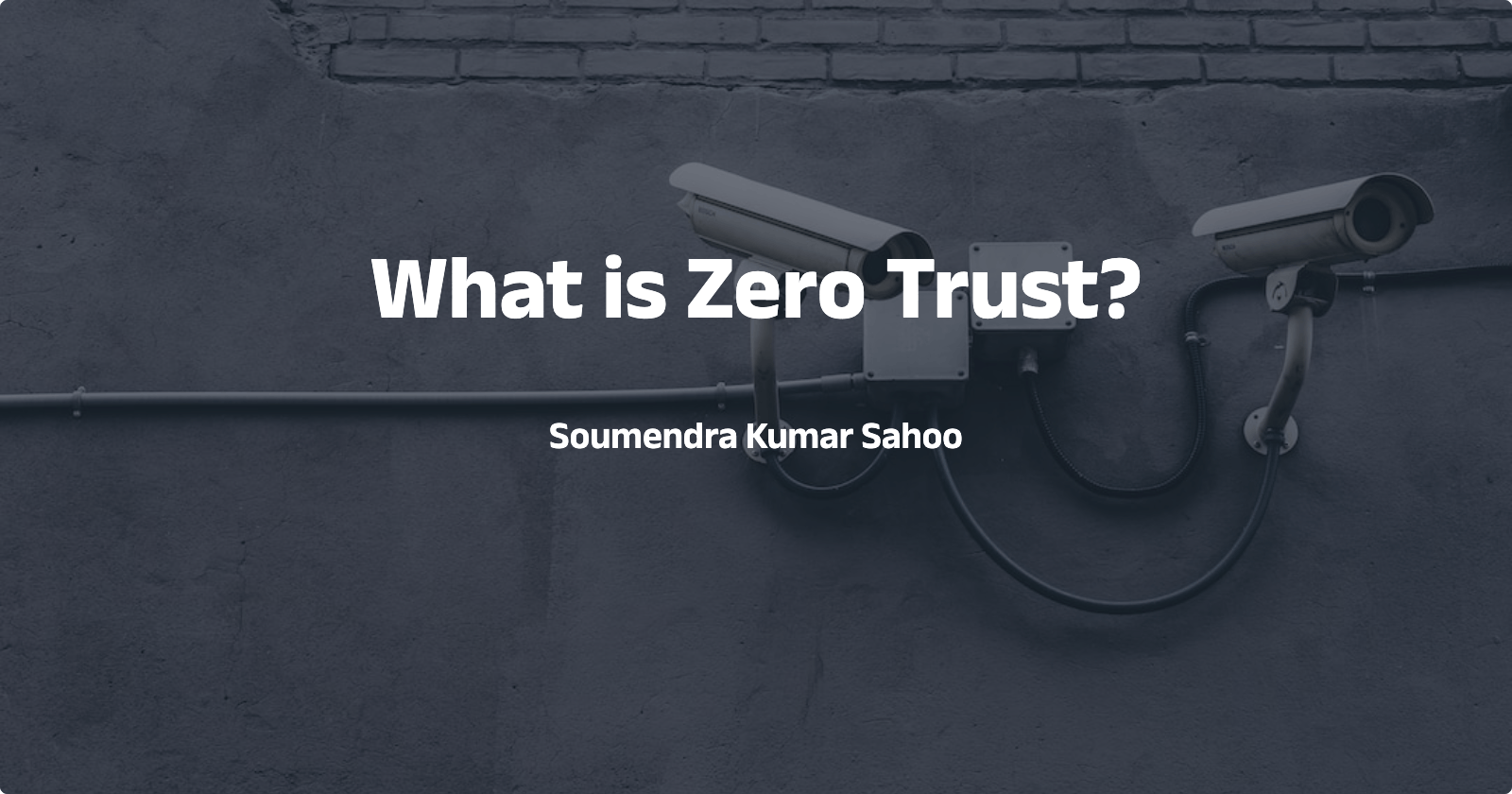What is Zero Trust?
Understanding the Zero Trust security model: A comprehensive approach to securing modern networks, applications, and data
The first time I heard this term, I thought of it as a relationship term where couples do not trust each other. However, in the tech industry, it has a different meaning altogether. Naming things has always been challenging, and people are creative in calling things with different meanings overall for the ordinary person. So what do you think about the terms Zookeeper, Rust, Python, Anaconda, Jupyter, etc.?
Zero Trust is a security model that assumes all users, devices, and network traffic is potential threats. Therefore, it requires strict identity verification for every person and device trying to connect to a network, regardless of whether inside or outside the network perimeter. In a Zero Trust environment, users are not automatically trusted and must be authenticated and authorized before accessing any resources. This approach also involves continuously monitoring devices and user behavior and using encryption and least-privilege access policies to limit the potential damage of any security breaches.
The Zero Trust model is based on the principle that organizations should not automatically trust anything inside or outside their perimeters. Instead, they should verify anything that tries to connect to their systems before granting access. This approach can help organizations prevent data breaches and cyber-attacks. It can also minimize the damage caused by those incidents, as it limits the attacker's ability to move laterally across the network.
To take care of this industry, is having a new CxO role called CZTO (Chief Zero Trust Officer). Let's see how it unfolds.
Zero Trust is a security model that provides a comprehensive approach to securing modern networks, applications, and data by assuming that all users, devices, and network traffic are potential risks. It requires strict identity verification and continuous monitoring to prevent security breaches and cyber-attacks.

